It’s the beginning of the year, which means bottling season has gotten underway for a lot of US wineries. With bottling comes labels, and with (actually before!) labels comes label approvals. The most recognizable area of winery compliance is labels. Not only have all winery staff seen wine labels, but so have the wine consuming public. There is a lot going on behind the design of a wine label, starting with what they are required to list for the purpose of obtaining TTB label approval. Certain items are required on all wine labels and others while not required, if listed on a label, must meet certain percentage requirements. Those required items and the requirements of non required items are all regulated by the TTB, the Alcohol and Tobacco Tax & Trade Bureau.
Over the years when teaching courses about wine labels I began to break down the course into two areas, what I’ve come to call the “front” and “back” sides of label compliance. How could I pass up such an easy play on words?
That “front” side is about what the TTB is looking for in the process of a label approval. In talking about the front side we cover the TTB’s requirements that winery staff need to be aware of before submitting a label approval, also known as a COLA in the wine world, to the TTB. The TTB as part of their label approval review are looking for items that must be listed on all wine labels. This is a list of 11 total items, however for most wines made in the US that list gets shortened to 7 items. 5 of those 7 can be listed on any label, while 2 of them are required to be listed on what the TTB calls a “brand’ label. For any given set of 2 wine labels put onto a bottle of wine the “brand” may or may not be what the winery considers the front label. If a winery is submitting a set of labels for approval and what they identify as the front label does not list both of the items the TTB requires on a brand label then the other label, the back label will need to list those two items otherwise edits will need to be made to one of those labels before submitting to the TTB.
Wineries are required to submit their labels to the TTB for label approval before they bottle their wines that will be sold into US commerce.
In the process of reviewing a label approval application the TTB will catch a label that doesn’t include all the required items and send it back marked “correction required”. There are quite a few other issues that the TTB staff at their Washington DC offices may spot in the process of reviewing the sea of labels they are sent from US wineries that they take issue with and will send back marked with the dreaded “correction required”.
This common “correction required” event in the winery world is a source of frustration to seasoned winery staff. We never know when a wine label will be objected to by an individual TTB staff member. It is essentially a crap shoot. The most common story heard from winery staff often goes something like this, “We’ve been submitting this same label for years, and have only been changing the vintage and the alcohol content. This year they objected to part of our back label text”. So while the label itself contains all the required items, and was previously approved for several years the TTB has the authority to deny approval at a later date with no culpability for the previous vintages that were approved. They also have the authority to pull the approval for those previously issued approvals. Now that’s frustrating! .
Until the human factor can be removed from the label approval process, issues such as this will continue.
In my next post I’ll go into detail about what I call the “back” side of label design which wineries need to be checking on at the same time they are making sure their labels list all the TTB required items. This back side includes the items I referred to above as “not required”, however they are some of the most common items we’re used to seeing on wine labels.
Recent Posts
If you aren’t in the winery compliance world, don’t write about it!
Nails on a chalkboard. Folks, there is already a lot of incomplete or flat-out wrong information shared about winery compliance. Let’s not add to it! Stay in your lane. If you’re not actually in the winery compliance world, please spare all of us who are, and do not...
Eight takeaways from the CalRecycle training webinar on CA CRV requirements.
I joined in with the group of around 500 other folks who showed up live to CalRecycle's informational webinar on what the CA CRV reporting will mean for wineries. A fun way to kill a couple of afternoon hours on a Friday afternoon! But seriously it was very...

A vintage and alcohol content can be changed without resubmitting a label for approval. https://www.ttb.gov/labeling/allowable-revisions
Hi Keith – yes those two items are among the list of allowable changes wineries can make to their labels and not be required to file for a new COLA. For example, As long as those two were the only changes to a label from the previous bottling they wouldn’t need to get a COLA for that current label. Thanks for commenting